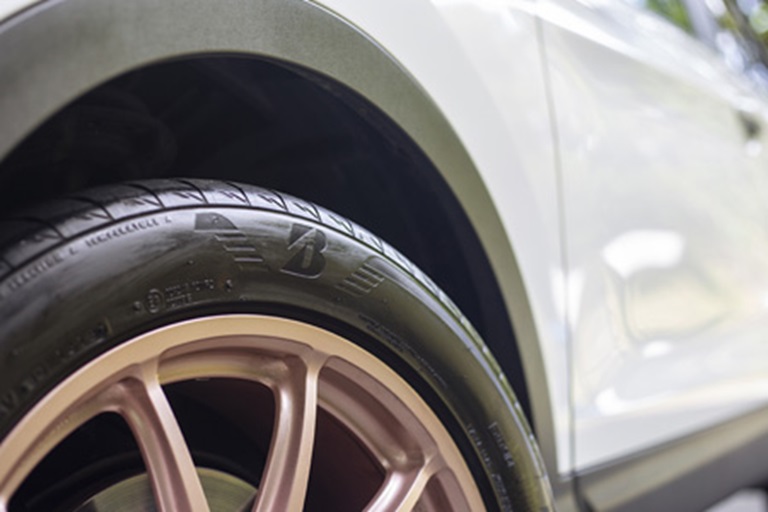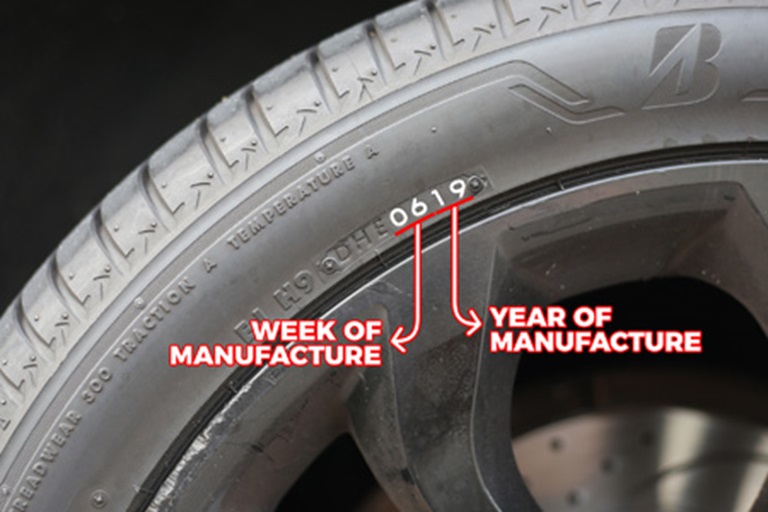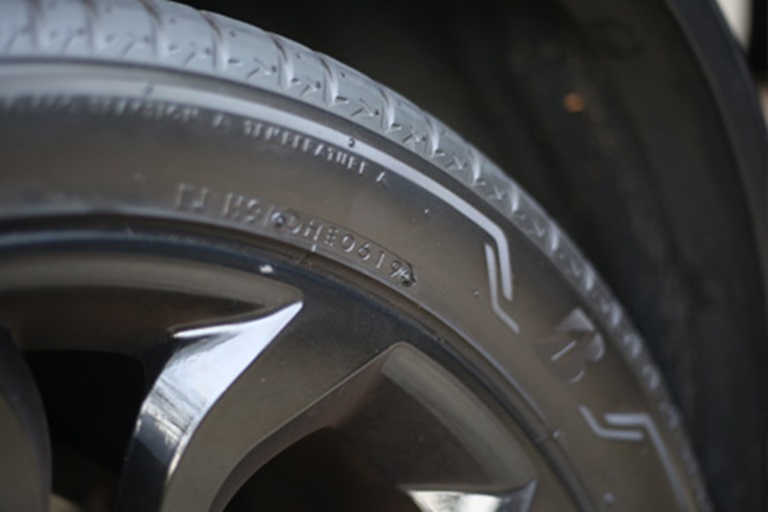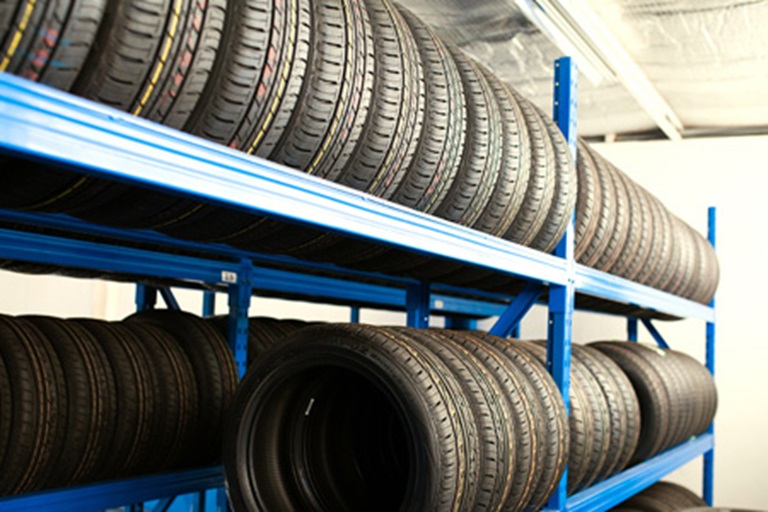Tyre Date Code
Understanding tyre date codes and tyre manufacturer codes is important for vehicle safety and performance.
These codes provide crucial information about the tyre age and origin of your tyres, helping you make informed decisions about replacements and maintenance.
Tyres age
So you’ve already got a grasp of the tyre basics, such as tyre pressure, tread depth and even tyre types! However, did you know that you can easily tell your tyres’ age?
Similar to other tyre wear and performance factors, age can and will affect the performance of tyres. This therefore will impact overall vehicle safety and capability, thus it’s something you should pay attention to.
Not sure how old your current tyres are? No worries, we’ll show you how to easily find out!


Locating the date code
For tyres manufactured after the year 2000, you’ll find each tyre’s ‘birth date’ stamped on its outer sidewall. This number follows a standard, straightforward format of the week and year represented as a 4-digit number (WWYY).
To find the date code, simply scan the tyre sidewall in a clockwise direction, and locate a series of letters and numbers within a raised rectangular box. The 4-digit number within the box are the numbers you need – the date code!
Deciphering the date code
The date code follows the ‘WWYY’ format, with the first two numbers representing the week of manufacture, and the last two numbers indicating the year.
On this ALENZA 001, the date code is “0619.” Breaking this down, this indicates that the tyre was manufactured in the 6th week of the year, in the year 2019. As such, we can deduce that the tyre was manufactured between 4th February 2019 and 10th February 2019.


Does the tyre age matter?
Tyres are constructed of many organic, natural materials. Like other organic materials, the rubber compounds in a tyre will degrade with time.
Stored properly, tyres have an average shelf life of five years and remain fit for purchase despite being manufactured many months ago. Given that new tyres lasts for approximately 40,000km, and the average Kiwi motorist travels 12,000km per year, tyres are replaced every 3.5 years – comfortably below the maximum recommended tyre life of 10 years.
At Bridgestone Tyre Centre and Bridgestone Select stores, you can rest assured that every Bridgestone tyre you purchase has been stored with the utmost care, ensuring that you can enjoy your Bridgestone tyre for the longest possible time.
From the moment your Bridgestone tyres are produced at our factory, all the way to the point where they reach the authorised Bridgestone tyre dealer’s shop, our proper logistics procedures ensure that tyres are always stored and stacked to avoid damage. This means that your tyres are stacked properly, stored in a dry location, and kept away from sunlight and heat.
